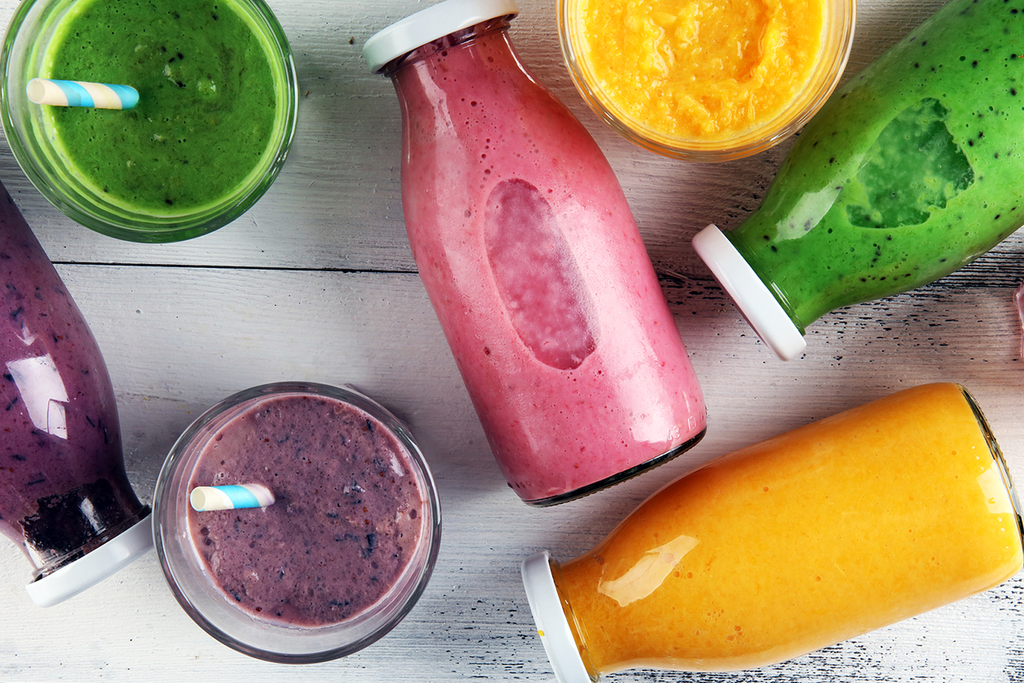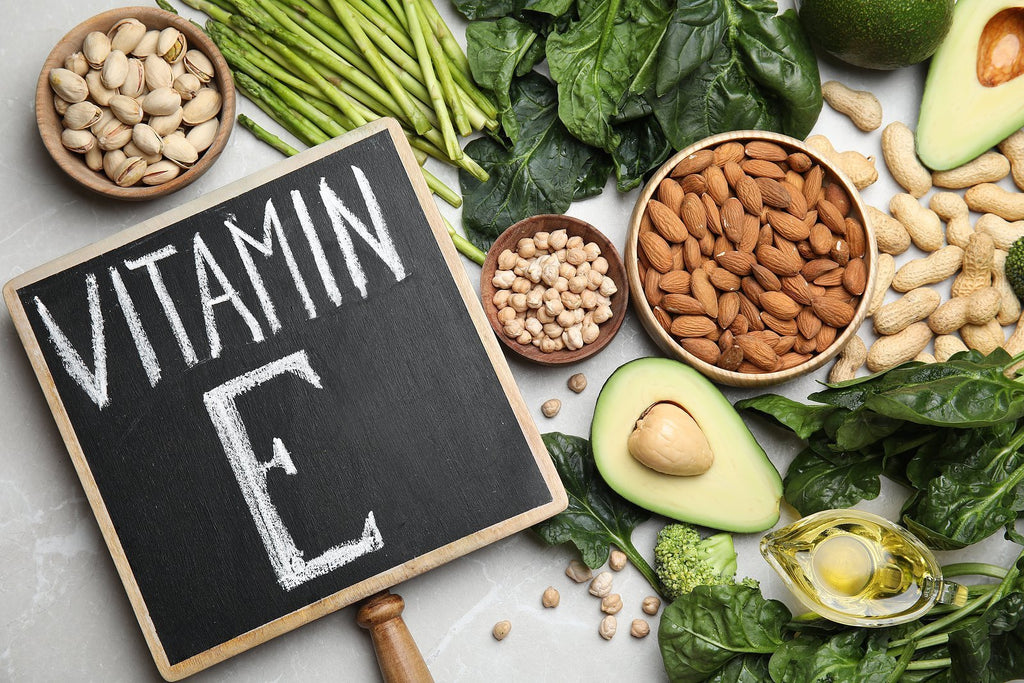How to Spot Foods With Gluten Like a Pro
Avoiding foods with gluten can be tricky because it has a long list of alternative names. Just like sugar, it can be added to your food and hard to spot on a label. Today, I want to teach you how to identify where gluten hides in your diet.
First, a quick overview of gluten…
Gluten is Not Only Found in Foods
Gluten are the proteins found in certain grains, the most common ones being wheat, rye, and barley. Its sticky nature makes it a common ingredient in personal care products too. It is not surprising to find it in cosmetics like lipstick, toothpaste and hair styling products.
Many processed foods contain gluten. If you look closely at the label, you’ll find it in foods like soups, protein bars, seasonings, meats and ice cream.
You’ll find more details on gluten in my blog Unsuspecting Places You’ll Find Gluten.
Symptoms of Gluten Sensitivity
Sensitivity to gluten and its related grains varies. These sensitivities can manifest in different ways and can range from mild to severe.
- Stomach upset – cramping/gas/bloating/diarrhea
- Headaches
- Brain fog
- Skin problems
- Fatigue
- Joint pain
- Neurological problems – ADHD/depression
Keep in mind that even if you’re symptom free, gluten still tends to cause big trouble in your body by irritating the lining of your gut. I explain more about gluten’s effects and celiac disease here.
From a nutritional standpoint there is no need to consume gluten and your best bet is to eliminate it from your diet entirely! The first step to avoiding gluten is to know your grains.
Gluten Containing Grains to Avoid
I’ve created a list here of the most common gluten containing grains (and their nicknames):
- Wheat, Triticale or Triticum
- Rye or Secale
- Barley or Beta-Glucan
- Spelt
- Kamut
- Farro
- Durum
- Bulghar
- Semolina
- Einkorn
- Farina
- Emmer
But wait, there’s more to lookout for. These other ingredients also likely contain gluten:
- Brewer’s yeast
- Malt (any version of the name)
- Hydrolyzed and textured vegetable protein
- Wheat berries
- Graham
- Oats
Note: Oats do not contain gluten naturally, but they are often produced, grown or stored with grains that do. In other words, oats are usually “cross-contaminated.”
Going for Gluten Free Grains? Consider This First…
Naturally gluten free grains may seem like an obvious safe choice, but they are often cross-contaminated since they are grown or processed near gluten containing grains. These spells trouble especially for those who are sensitive to gluten.
This means that you could be ingesting gluten even when eating a gluten free grain such as:
- Sorghum
- Quinoa
- Millet
- Oats
- Buckwheat
- Amaranth
- Teff
- Corn
- Rice
This finding was published in the Journal of the American Dietetic Association where a study found that out of twenty two gluten free grain samples, seven actually contained notable amounts of gluten. So, if you’re consuming gluten free grains, 30% of them are likely to contain gluten.
Gluten free or not, eating grains is just problematic because they spike your blood sugar. This rise in blood sugar is followed by a surge of insulin. If this becomes a chronic cycle, you can expect to experience inflammation and insulin sensitivity which lays the groundwork for severe health problems.
Go Beyond Gluten Free and Ditch all Grains
Grain (and sugar) consumption is a major culprit of the chronic health conditions that so many people develop. This is why I recommend that everyone follow a gluten free diet. If you want to really optimize and supercharge your health, ditch grains and sugar completely!
A grain-free diet should include moderate amounts of protein and plenty of healthy fat and vegetables that will provide you with nutrition – and mercy on your blood sugar levels.
I challenge you to do this for a couple of weeks and take note of how you feel. Then try it for a month and I bet you’ll see more positive health changes than you could have imagined.
If you want to really build a body that feels and functions better, make a grain and sugar free diet a lifestyle. It’s well worth the quality years it could add to your life!
Sharing is Caring
Know Your Body - Know Your Health






